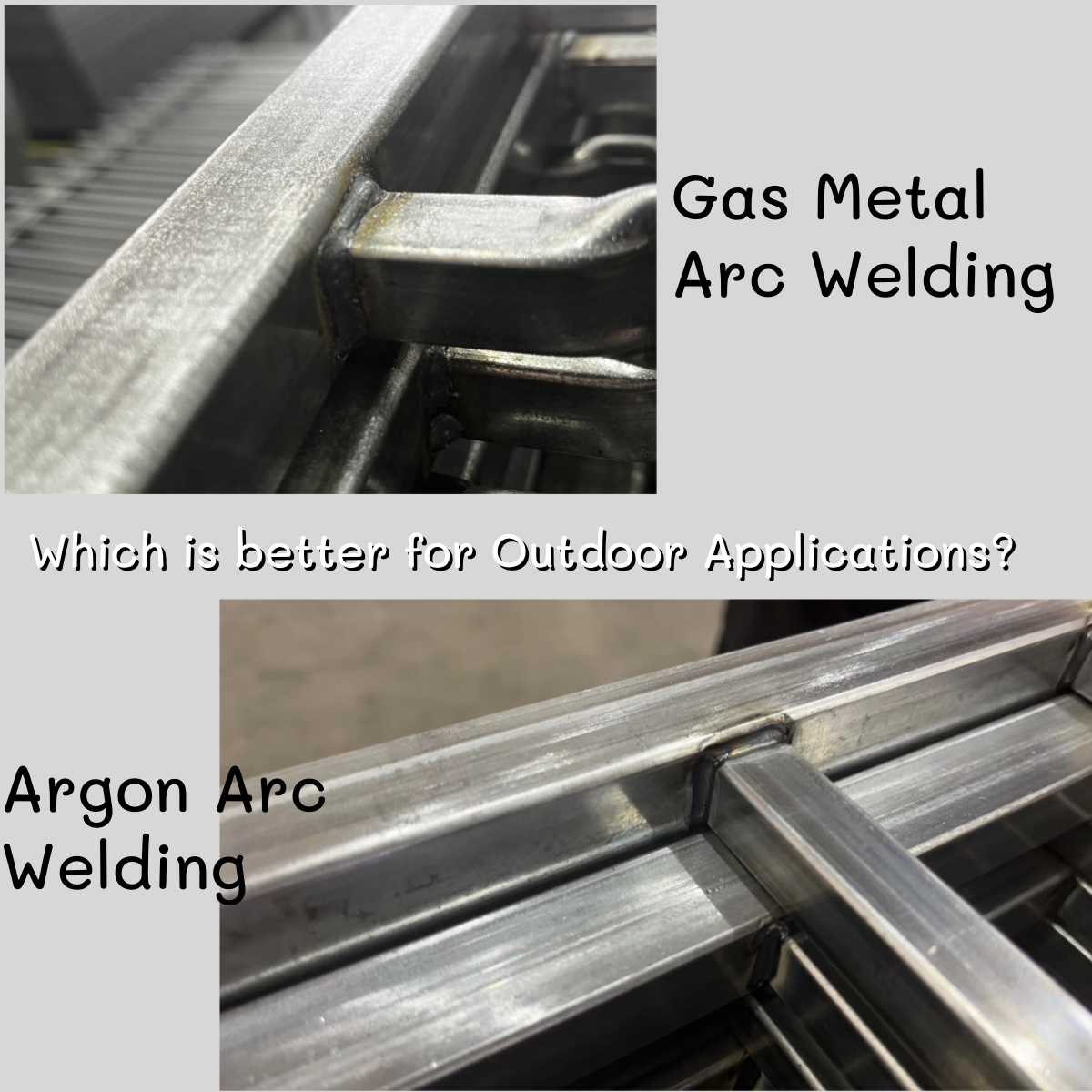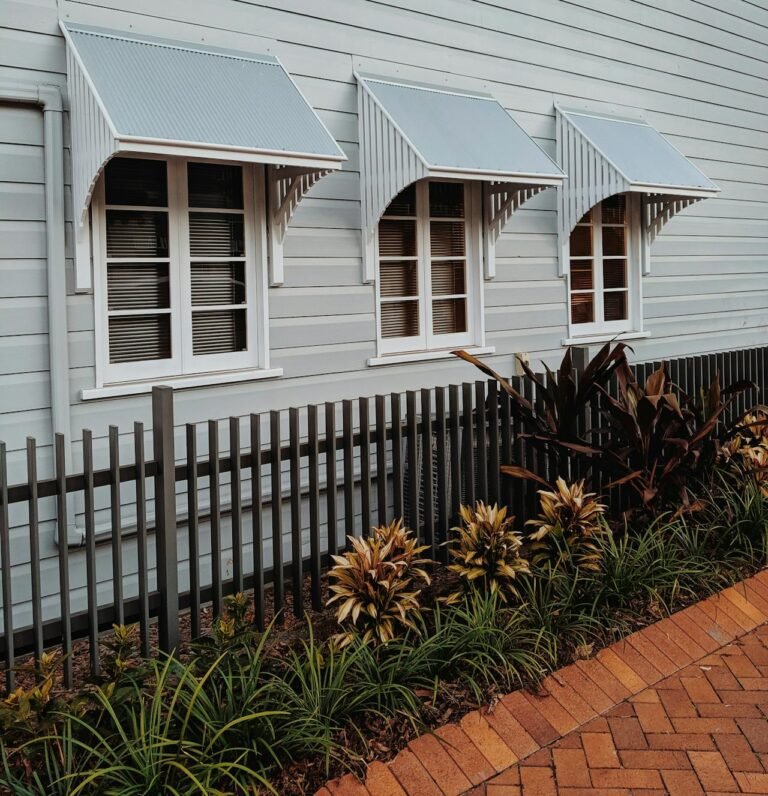
At Kelai Outdoormetal, we specialize in crafting high-quality, durable metal railings and outdoor furniture. A critical factor in the longevity and aesthetics of these products is the welding technique used. Two of the most common methods—Gas Metal Arc Welding (MIG/GMAW) and Tungsten Inert Gas Welding (TIG/GTAW)—are often compared for their suitability in railing fabrication. In this article, we delve into the technical distinctions, advantages, and ideal use cases of both welding processes to help you make informed decisions for your outdoor projects.
Process Overview: MIG vs. TIG Welding
MIG Welding (Gas Metal Arc Welding):
- How It Works: A consumable wire electrode is fed through a welding gun, shielded by an inert gas (typically argon/CO₂ mix).
- Speed & Efficiency: High deposition rates enable faster welding, ideal for long railing sections or mass production.
- Heat Input: Generates moderate heat, reducing warping on thinner metals but requiring careful control on thick materials.
TIG Welding (Argon Arc Welding):
- How It Works: A non-consumable tungsten electrode creates the arc, while filler material is added manually. Pure argon gas shields the weld pool.
- Precision & Control: Offers unparalleled accuracy for intricate designs, perfect for decorative railing elements.
- Heat Input: Lower heat concentration minimizes distortion, ideal for thin-walled stainless steel or aluminum railings.
Key Differences in Railing Applications
A. Weld Strength & Durability
- MIG Welding: Produces robust, deep-penetration welds, making it suitable for structural components of railings (e.g., posts, load-bearing joints).
- TIG Welding: Creates cleaner, pore-free welds with excellent corrosion resistance, critical for outdoor railings exposed to moisture and UV rays.
B. Aesthetic Quality
- MIG Welding: Faster process may leave slight spatter or rougher beads, requiring post-weld grinding/polishing for a smooth finish.
- TIG Welding: Delivers near-flawless, visually appealing welds with minimal cleanup, preferred for visible joints on premium railings.
C. Material Compatibility
- MIG Welding: Versatile for carbon steel, stainless steel, and aluminum. Best for thicker gauges (≥18 AWG).
- TIG Welding: Excels with thin materials (e.g., 16–24 AWG stainless steel tubes) and exotic metals like brass or bronze.
D. Cost & Skill Requirements
- MIG Welding: Lower labor costs due to automation potential; easier to master for high-volume projects.
- TIG Welding: Requires highly skilled operators, increasing labor costs but ensuring precision for custom designs.
Which Method is Best for Outdoor Railings?
Choose MIG Welding If:
- Your project prioritizes speed and cost-efficiency.
- Railings require heavy-duty construction (e.g., commercial properties, high-traffic areas).
- Post-weld finishing (powder coating, painting) will conceal weld lines.
Choose TIG Welding If:
- Aesthetic perfection is critical (e.g., luxury residences, architectural railings).
- Working with thin or corrosion-prone metals (stainless steel, aluminum).
- The design includes intricate scroll work or welded joints in visible areas.
At Kelai Outdoormetal, we leverage both MIG and TIG welding techniques to deliver railings that excel in strength, aesthetics, and weather resistance. By understanding the unique demands of your project—whether it’s a sprawling commercial railing system or a bespoke residential design—we select the optimal welding method to ensure longevity and visual appeal.
Explore our Outdoor Metal Railing Collection or contact our experts to discuss your next project!








